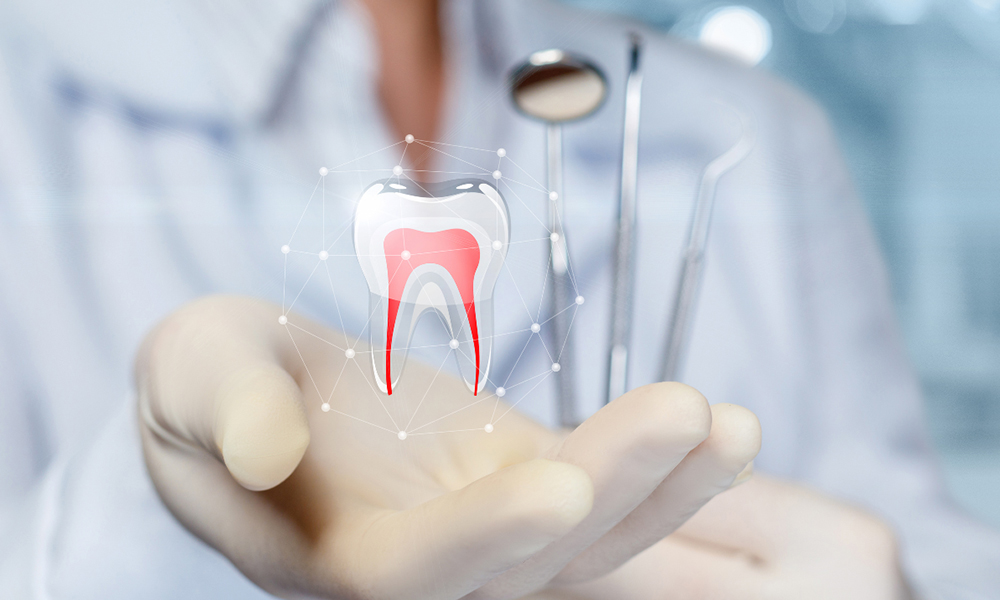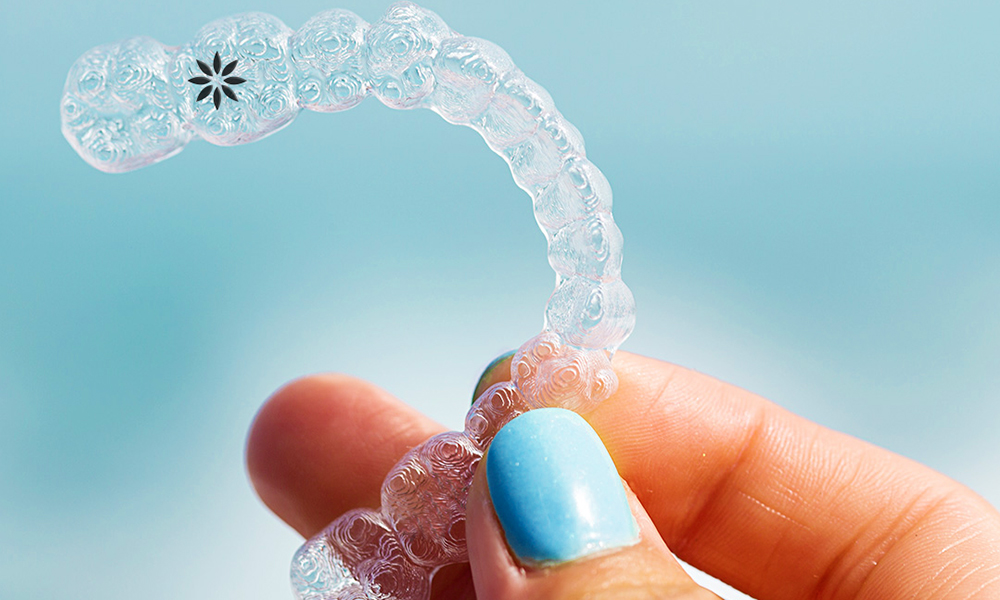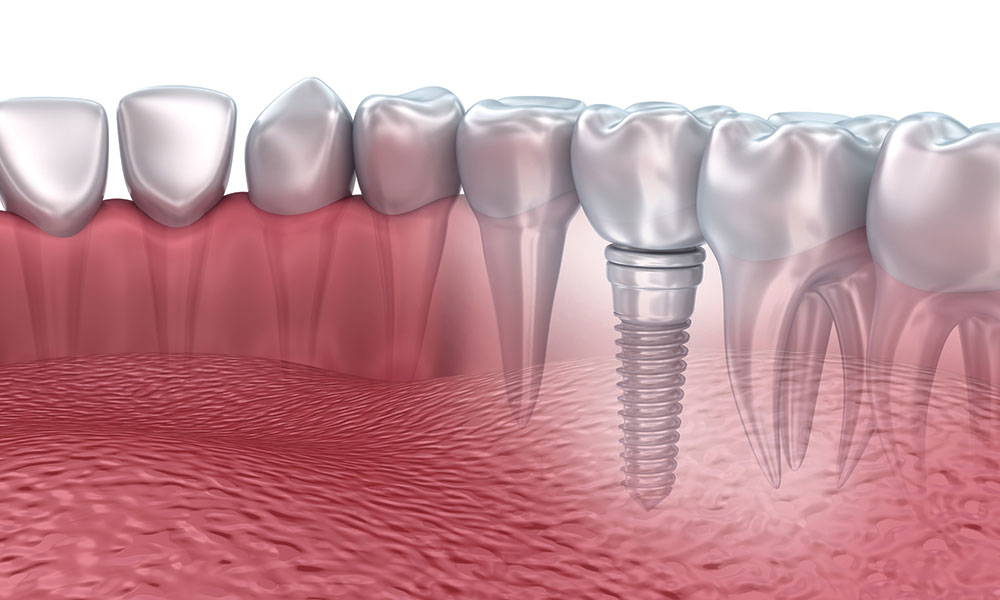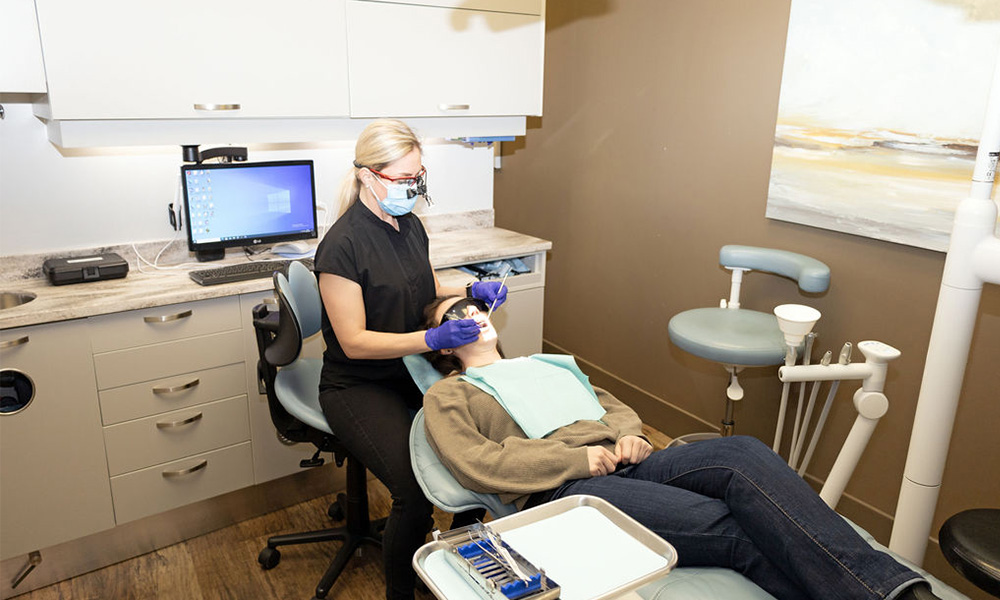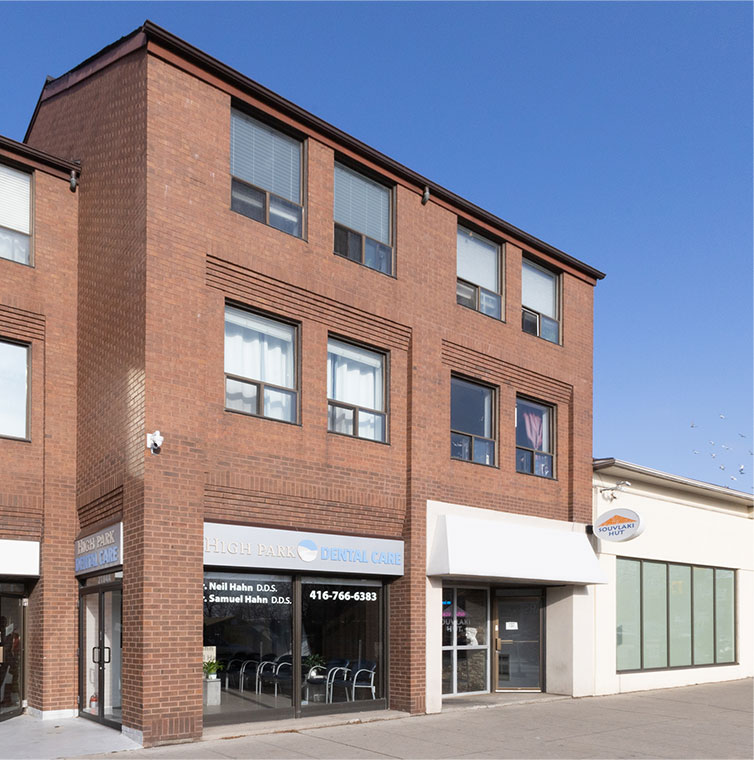
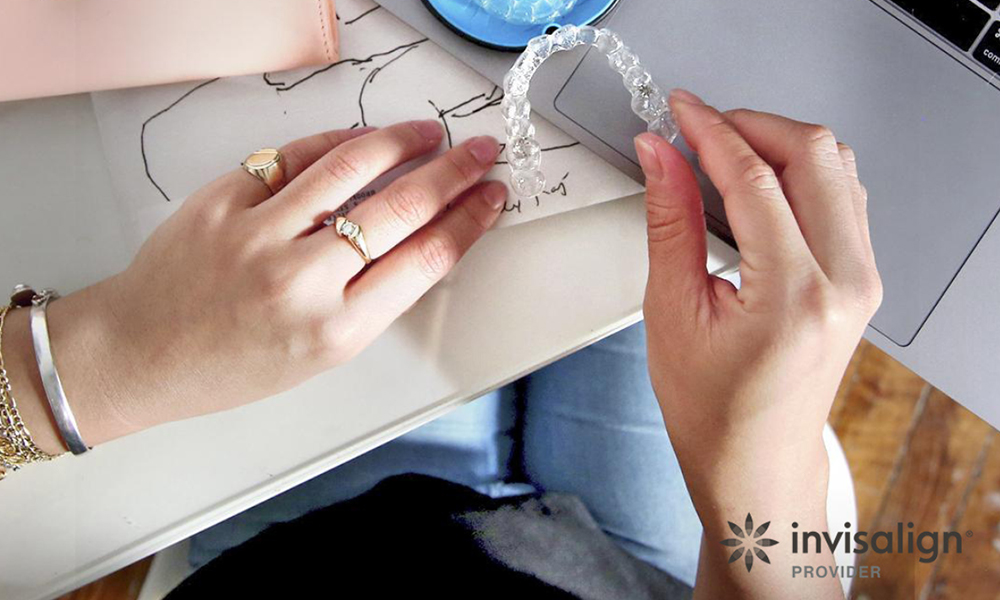
Understanding the Invisalign treatment process helps patients feel confident about their decision to pursue clear aligner therapy. At High Park Dental Care, located at 2184A Bloor Street West in Toronto, the Invisalign dentist team guides patients through every step of their smile transformation journey. From the initial consultation to the final retainer fitting, each phase of treatment is carefully planned and monitored by your dentist in Bloor West Village.
Clear aligner therapy has revolutionized orthodontic treatment, offering a discreet alternative to traditional braces. However, successful outcomes depend on proper planning, precise execution, and consistent monitoring by an experienced Invisalign dentist. This comprehensive guide walks through each stage of the treatment process, explaining what patients can expect at every appointment.
The journey to a straighter smile begins with a thorough consultation. During this first visit, the Invisalign dentist evaluates whether clear aligner therapy is appropriate for the patient's specific needs.
The consultation starts with a complete oral health assessment. The dentist examines teeth, gums, and jaw alignment to identify any issues that might affect treatment. X-rays and photographs document the current state of the teeth and bite.
Patients discuss their smile goals and concerns during this appointment. The Invisalign dentist explains what clear aligner therapy can and cannot achieve. Some complex cases may require alternative treatments or combination approaches.
Modern Invisalign treatment uses advanced 3D scanning technology instead of traditional impressions. The digital scanner captures precise measurements of the teeth and bite in just minutes. This comfortable process eliminates the need for messy impression materials.
The scans are sent to Invisalign's laboratory where technicians create a detailed treatment plan. The Invisalign dentist reviews this plan carefully, making adjustments to ensure optimal results. Patients can view a 3D simulation showing how their teeth will move throughout treatment.
Understanding the treatment timeline helps patients plan accordingly and maintain realistic expectations throughout their journey.
Most Invisalign cases take between 12 to 18 months to complete. However, treatment length varies based on the complexity of tooth movements required. Minor corrections might take as little as 6 months, while complex cases could extend to 24 months or longer.
The Invisalign dentist provides a personalized timeline during the consultation phase. This estimate is based on the specific movements needed to achieve the desired results. Compliance with wearing aligners 20 to 22 hours daily significantly impacts the timeline.
Invisalign treatment progresses through distinct phases. The initial phase focuses on creating space and beginning major tooth movements. The middle phase continues alignment and rotation corrections. The final phase fine-tunes positioning and perfects the bite.
Patients receive multiple sets of aligners at once, typically enough for several weeks of treatment. Each aligner is worn for one to two weeks before progressing to the next set. The teeth gradually shift into their planned positions with each new aligner.
Once the treatment plan is approved, Invisalign's laboratory begins manufacturing the custom aligners. Advanced 3D printing technology creates precise models of the teeth at each stage of treatment. These models guide the production of the clear plastic aligners.
Each aligner is made from a patented thermoplastic material called SmartTrack. This material applies gentle, consistent pressure to move teeth effectively. The aligners are trimmed to fit the gum line comfortably while remaining virtually invisible.
Every set of aligners undergoes strict quality control checks before shipping. The Invisalign dentist receives the complete series of aligners along with detailed treatment instructions. The dentist inspects the aligners to ensure they meet specifications and fit properly.
At High Park Dental Care, your dentist in Bloor West Village and the team verifies that each aligner matches the approved treatment plan. Any discrepancies are addressed before patients begin wearing the aligners. This attention to detail ensures the best possible treatment outcomes.
Patients typically visit their Invisalign dentist every 6 to 8 weeks during active treatment. These appointments are shorter than traditional orthodontic visits since there are no wires or brackets to adjust. The dentist examines how teeth are responding to the aligners and ensures treatment is progressing as planned.
During these visits, the dentist checks that aligners fit properly and teeth are moving according to schedule. Patients receive their next sets of aligners and instructions for continued wear. Any concerns or questions are addressed at these appointments.
The Invisalign dentist compares current tooth positions to the predicted movements in the treatment plan. Digital scans or photographs may be taken to document progress. If teeth aren't moving as expected, the treatment plan can be modified.
Some patients require refinements during treatment. This involves creating additional aligners to achieve optimal results. The Invisalign dentist and your dentist in Bloor West Village determines when refinements are necessary based on progress assessments.
Small tooth-colored bumps called attachments are bonded to certain teeth. These attachments give the aligners better grip for specific tooth movements. The Invisalign dentist places attachments strategically based on the treatment plan.
Attachments are made from composite resin that matches the tooth color. They remain on the teeth throughout treatment and are removed once treatment is complete. Most patients find attachments barely noticeable and easy to maintain.
IPR involves removing tiny amounts of enamel between teeth to create space. This procedure allows teeth to align properly without extraction. The Invisalign dentist performs IPR using specialized tools that remove less than a millimeter of enamel.
The procedure is quick and typically painless. IPR is performed at specific stages of treatment as outlined in the plan. This technique helps achieve better alignment and more stable long-term results.
When patients reach their last aligner, the Invisalign dentist performs a comprehensive assessment. The dentist evaluates whether treatment goals have been achieved. If minor adjustments are needed, refinement aligners may be ordered.
Once the dentist confirms optimal results, the retention phase begins. Retainers are essential for maintaining the new tooth positions. Without proper retention, teeth can gradually shift back toward their original positions.
Patients receive custom retainers to wear after completing active treatment. Vivera retainers (made by Invisalign) are a popular option due to their durability. The Invisalign dentist provides specific instructions for retainer wear.
Initially, retainers should be worn full-time, similar to the aligners. After several months, most patients transition to nighttime-only wear. Long-term retainer use is recommended to protect the investment in a beautiful smile.
At High Park Dental Care, the Invisalign dentist team is committed to guiding patients through every step of their clear aligner journey. Ready to start a smile transformation? Contact High Park Dental Care or call (416) 766-6383 to schedule an Invisalign consultation today.

Dental anxiety affects millions of Canadians, preventing many from seeking necessary oral health care. At High Park Dental Care, located at 2184A Bloor Street West in Toronto, the team understands that fear of dental treatment is a real and valid concern. As a dentist in Bloor West serving the community for years, creating a comfortable, anxiety-free environment for patients is a top priority.
Many people avoid dental appointments due to fear, past negative experiences, or general anxiety about medical procedures. However, modern dentistry offers numerous solutions to help patients feel relaxed and comfortable during treatment. Understanding how a compassionate dentist in Bloor West addresses anxiety can help nervous patients take the first step toward better oral health.
The first step in managing dental anxiety involves understanding each patient's specific concerns and triggers. A dentist in Bloor West begins by conducting a thorough anxiety assessment during the initial consultation.
The consultation starts with an open conversation about dental fears and concerns. Patients are encouraged to share past experiences, specific triggers, and what makes them most anxious about dental visits. This information helps the dental team create a personalized comfort plan.
The dentist asks about physical symptoms of anxiety such as:
Understanding these responses allows the team to recognize signs of distress during appointments. Patients also discuss their pain tolerance and any previous experiences with sedation or anxiety management techniques.
Dental professionals use standardized anxiety scales to measure fear levels objectively. These assessments help determine which comfort measures will be most effective. Mild anxiety might respond well to relaxation techniques, while severe anxiety may require sedation options.
The dentist in Bloor West reviews medical history to ensure any sedation options are safe and appropriate. Certain medications or health conditions may affect which anxiety management techniques can be used. This thorough evaluation ensures patient safety while maximizing comfort.
Modern sedation dentistry offers multiple options to help anxious patients receive necessary dental care comfortably. The dentist in Bloor West explains each option and helps patients choose the best approach for their needs.
Nitrous oxide is a mild sedative inhaled through a small mask during treatment. It creates a relaxed, euphoric feeling while patients remain fully conscious and responsive. The effects wear off quickly after the mask is removed, allowing patients to drive themselves home.
Benefits of nitrous oxide include:
This option works well for shorter procedures and patients who want to remain aware during treatment. Patients appreciate that they can communicate with the dental team throughout the process.
Oral sedation involves taking a prescribed medication before the appointment. Patients feel deeply relaxed and drowsy but remain conscious and able to respond. Many patients have little to no memory of the procedure afterward.
This option suits patients with moderate to severe anxiety or those undergoing longer procedures. Someone must drive the patient to and from the appointment, as the effects take several hours to wear off completely. The dentist in Bloor West provides detailed instructions about timing and preparation.
Intravenous sedation delivers medication directly into the bloodstream for deeper sedation. Patients enter a twilight state where they're barely aware of the procedure. This option is ideal for severe anxiety or extensive dental work.
Key features of IV sedation:
A trained professional monitors vital signs throughout the procedure to ensure safety. Recovery takes longer than other options, requiring someone to stay with the patient for several hours after treatment.
Proper preparation helps reduce anxiety and ensures sedation procedures go smoothly. The dentist in Bloor West provides detailed instructions to help patients prepare for their appointments.
Patients receiving sedation must follow specific fasting guidelines. Typically, no food or drink is allowed for several hours before the appointment. The dental team provides exact timing based on the type of sedation being used.
Important preparation steps include:
Having a trusted friend or family member provide support can also help reduce anxiety. Their presence offers emotional comfort and practical assistance during recovery.
The dental team at High Park Dental Care teaches relaxation techniques patients can practice before appointments. Deep breathing exercises help calm the nervous system and reduce physical anxiety symptoms. Progressive muscle relaxation involves tensing and releasing muscle groups to promote overall relaxation.
Visualization techniques help patients imagine positive outcomes and peaceful scenarios. Some patients find it helpful to visit the office before their treatment appointment. This familiarization reduces fear of the unknown and builds trust with the dental team.
Understanding what to expect after sedation helps patients feel more confident about choosing these comfort options. The dentist in Bloor West ensures patients have clear recovery instructions and support.
After sedation, patients rest in a comfortable recovery area until they're alert enough to leave. The dental team monitors vital signs and ensures patients are stable before discharge. Someone must accompany the patient home and stay with them for several hours.
Post-sedation guidelines include:
The effects of sedation can linger even after patients feel alert. Following these guidelines ensures safe recovery and prevents complications.
Mild sedation effects typically wear off within a few hours. Oral and IV sedation may cause grogginess that lasts into the next day. Patients should plan to take it easy and avoid strenuous activities for 24 hours after treatment.
Some patients experience mild nausea or headaches after sedation. These symptoms usually resolve quickly with rest and hydration. The dental team provides contact information for any concerns during recovery.
The office design focuses on creating a calm, spa-like atmosphere rather than a clinical medical setting. Comfortable seating, soothing colors, and natural light help patients feel at ease. Calming music plays in treatment rooms to mask dental sounds that might trigger anxiety.
Comfort features available include:
Patients can watch movies or listen to their own music during procedures. The team takes breaks during longer procedures to give patients a chance to relax and regroup.
Open communication between patients and the dental team is essential for managing anxiety. The dentist in Bloor West explains each step of treatment before beginning. Patients are encouraged to ask questions and express concerns at any time.
Establishing hand signals allows patients to communicate during treatment when they can't speak. A simple raised hand can pause the procedure if patients need a break. This sense of control helps reduce feelings of helplessness that often accompany dental anxiety.
Overcoming dental anxiety is an ongoing process that improves with each positive experience. The team at High Park Dental Care is committed to building lasting relationships based on trust and compassion.
Regular visits become easier as patients develop confidence in their dental team. Starting with simple cleanings and gradually progressing to more complex treatments helps build positive associations. Celebrating small victories reinforces that dental care can be comfortable and stress-free.
At High Park Dental Care, helping anxious patients receive the care they need is a privilege and priority. The compassionate approach to anxiety management has helped countless patients overcome their fears. Ready to experience comfortable, anxiety-free dental care? Contact High Park Dental Care or call (416) 766-6383 to discuss anxiety management options and schedule a consultation.







